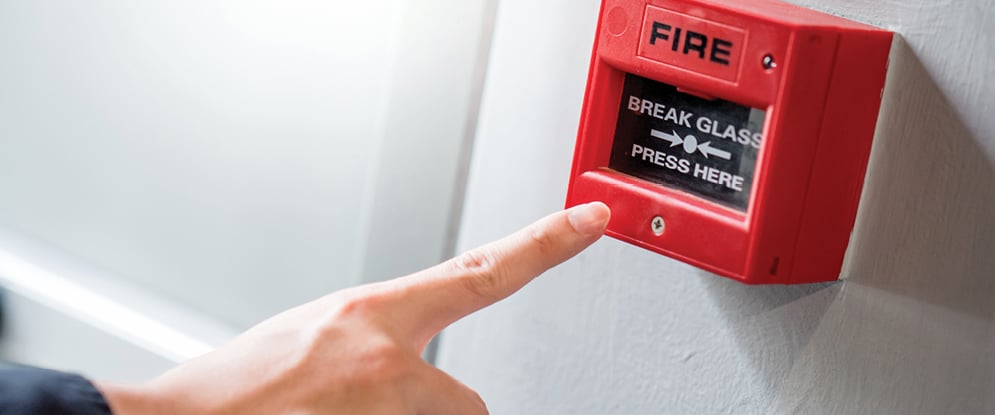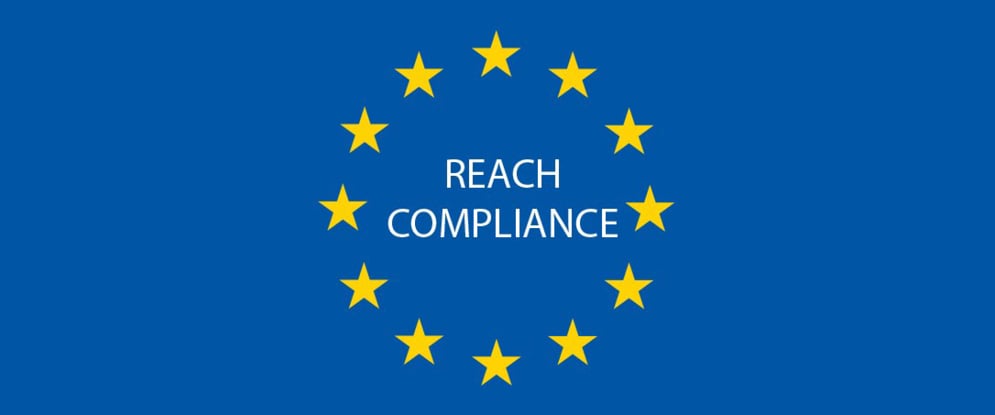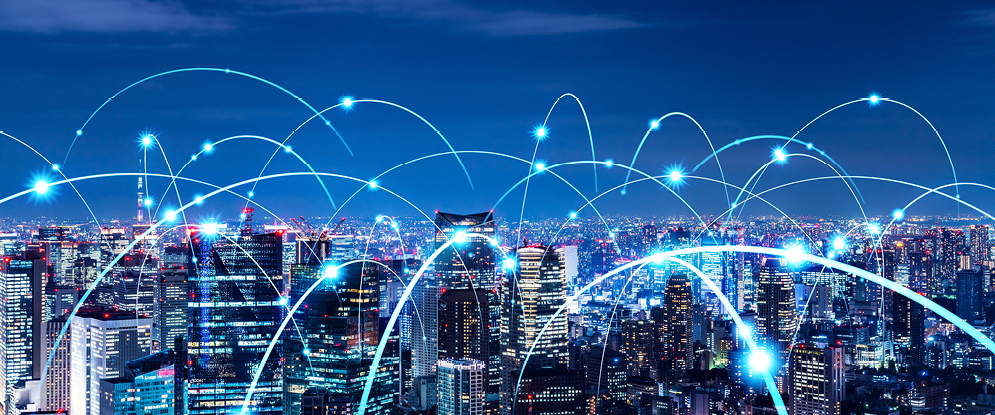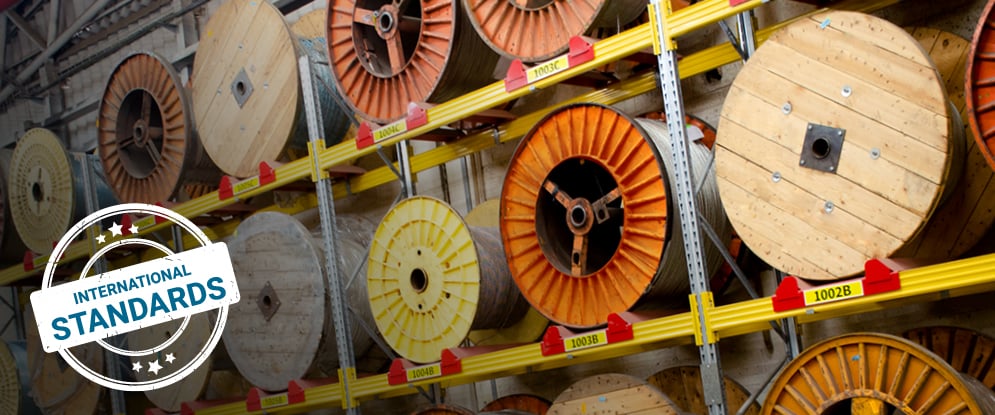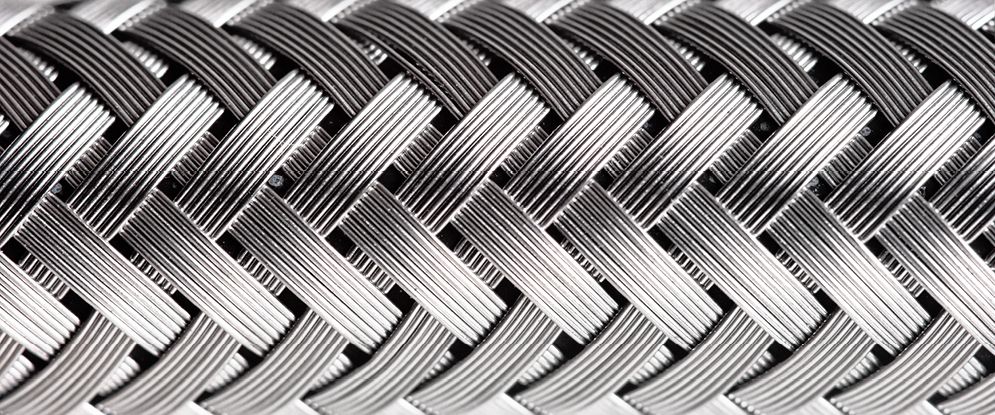Cables may not be visible if you’re not looking for them. Yet they still play a vital role in the operations, performance, and safety of critical systems in mission-critical and hazardous applications such as Marine, Oil & Gas installations, petrochemical plants, tunnels, industrial plants, and more.
Under “normal” conditions, these cables are essential to maintaining reliable performance and transmission integrity in diverse environments. So in emergency situations such as fire, when every second counts and the safety of people and property becomes the highest priority, they play an even more critical role.
As these cables connect between different parts of an infrastructure, they need to remain functional and continue to transmit data, communication and/or signals in the event of fire for long enough to ensure the safe and controlled shutdown of systems and processes and/or evacuate staff and passengers. This means that the jacket materials of these cables should not melt or drip, and thus potentially cause a second or third fire when directly exposed to extreme heat.

<< Contact Us to Learn More >>
However, these same cables can also act as a medium for flame, gas, and smoke propagation, which may prevent the safe evacuation of people and prohibit communication with people and equipment in the affected areas. For this reason, it’s imperative that they maintain operations and transmission capabilities and continue to send commands, receive data, and operate equipment to prevent or reduce damage to a bare minimum.
This means that in such emergency scenarios, cables may either become the weakest link or the strongest link by giving operators and emergency personnel sufficient time and data to evaluate conditions and make informed, corrective actions in real-time.
With so much at stake, it can be challenging to select the appropriate cables for these applications as multiple factors need to be carefully considered. These factors include the type of application and its function, required communication protocols, additional environmental elements, and cable performance requirements.

Designed to maintain cable integrity in the most challenging and hazardous environments
At TELDOR, we believe that the right combination of knowledge, innovation, expertise, and materials is required to make cables the strongest link when it matters most and time is of the essence. In these scenarios, data and cable integrity is essential to protecting lives and property, and for this reason, cable selection can become a critical factor in mission-critical applications.
That’s why we offer a full range of fire-resistant cables that secure continued high-speed data transfer. These cables will continue to transmit data under direct fire, guaranteeing safe shutdown and continued high transfer rate. Our product portfolio also includes fire-resistant cables for instrumentation and control, low voltage, and a variety of optical and hybrid cables that ensure secure operations and circuit integrity for a wide range of applications and installations in civil infrastructures. These include offshore applications such as oil platforms and living quarters, FPSOs, tankers, FLNGs, commercial vessels, and cruise ships; onshore applications such as power plants and petrochemical plants; and tunnels, hospitals and various other civil structures.
These cables, which have been installed in thousands of systems around the world, are especially designed using fire-retardant, low smoke, and zero-halogen jacketing materials to meet international standards, as well as varied combinations of construction materials to meet the requirements of unique specifications.
<< Contact Us to Learn More >>

They comply with directives for installations in corrosive, explosive, and hazardous environments (from Class I, Divisions 1 and 2, Zone 0 to Zone 2) and will continue to operate under the most challenging conditions to enable the gradual shutdown of chemical processes in petrochemical plants, mining operations, and similar environments.
At Teldor, we ensure and maintain our proven product quality and safety. Our fire-resistant cables undergo rigorous testing procedures in our own in-house laboratories as well as in internationally-approved laboratories to ensure consistent product quality. The cables not only meet, but exceed the stringent IEC 60331-21/22, 23 & IEC 60331 -25 flame test requirements for circuit integrity during fire for up to three hours. For marine applications, the cables are class-approved by leading classification societies such as DNV-GL, ABS, LR, and RMRS. Teldor is committed to quality and to helping you protect your assets.






